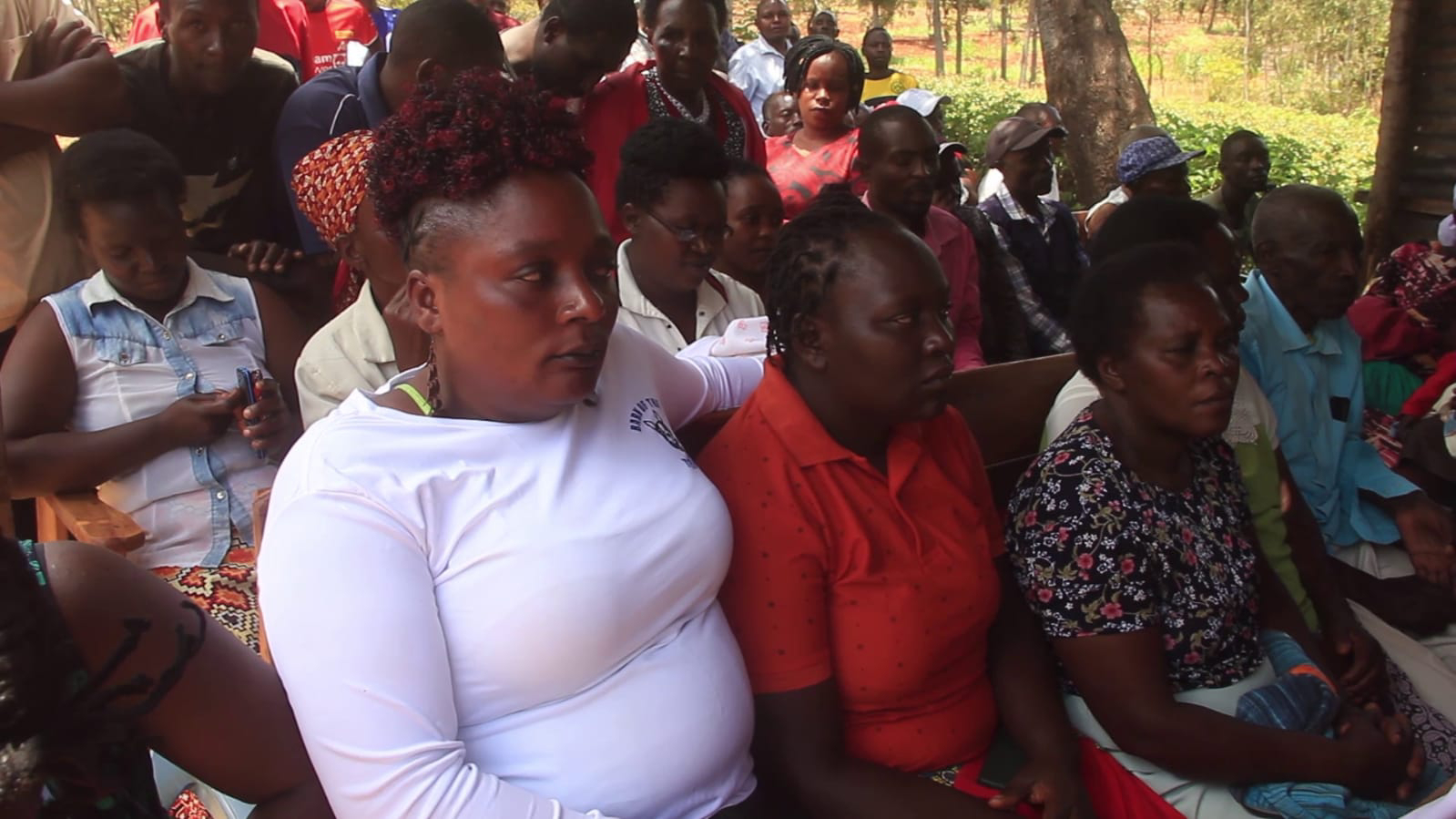As Deputy President Rigathi Gachagua’s impeachment trial begins in the Senate, speculation is rife about who could step into his shoes should the proceedings lead to his ouster. In this high-stakes political moment, Kirinyaga Governor Anne Waiguru has emerged as a top contender, with strong backing from a section of Mount Kenya East residents.
The push for Waiguru’s ascendancy is not just about filling the position—it's deeply tied to regional pride, gender representation, and the political future of the Mount Kenya region. Speaking at a public baraza in Runyenjes Constituency, local leaders and residents rallied behind Waiguru, pointing to her leadership at the county level, particularly her track record of development projects that have elevated Kirinyaga. Residents argue that Waiguru, with her two-term experience as governor and her prior tenure as the Cabinet Secretary for Devolution, has proven she has what it takes to excel at the national level.
Agnes Wambogo, a vocal supporter from the region, emphasized Waiguru’s credentials as a trailblazer for women in leadership. “Governor Waiguru has been instrumental in pushing forward transformative initiatives in our county. She’s a perfect fit to replicate this success at the national stage and would be a significant win for women in politics,” she remarked.
Nicasio Kithinji, another resident, added a more political dimension, stating, “The votes from this region were overwhelming for the UDA administration. It’s only fair that the region retains the deputy president’s seat, and Waiguru is the right candidate for it.”
Mount Kenya East, long overshadowed by its more populous neighbor, Mount Kenya West, sees this moment as a chance to ensure representation at the highest levels of government. For years, leaders from the western flank, such as Deputy President Rigathi Gachagua, have dominated the political landscape, despite the consistent support from the East. With Waiguru, the residents believe they can finally claim their place in national politics.
Yet, while Waiguru has garnered considerable support, she faces stiff competition. Interior Cabinet Secretary Kithure Kindiki, also from Mount Kenya East, is seen as a strong alternative. Recent opinion polls reveal that Kindiki is the preferred choice among 20% of Kenyans, largely because of his calm and strategic leadership approach. In contrast, Waiguru holds the backing of 5% of the population in the same poll.
Beyond Mount Kenya, other names are circulating as potential replacements. Prime Cabinet Secretary Musalia Mudavadi, a veteran politician from Western Kenya, has also been floated as a possible successor. His deep experience and political stature position him as a heavyweight candidate, though political insiders suggest that Ruto may prefer to keep the deputy president role within Mount Kenya to solidify his support in the region.
Governor Waiguru, on the other hand, has her own history of breaking barriers. She was the first woman to serve as the Cabinet Secretary for Devolution and has twice been elected governor of Kirinyaga, joining an exclusive club of female governors. Her role as the former chairperson of the Council of Governors has further showcased her ability to operate at the highest levels of government, making her a natural choice for national office.
Politically, the decision rests in the hands of President Ruto, who faces a complex balancing act. With the impeachment proceedings likely to deepen divisions in the ruling coalition, Ruto must navigate carefully to maintain his political base in Mount Kenya, which was instrumental in his 2022 election victory. The region delivered 4.5 million votes, 63% of Ruto’s total tally, making it indispensable for his future political ambitions.
Whoever succeeds Gachagua, if the impeachment is upheld, will play a pivotal role in shaping Kenya’s political landscape as the 2027 elections loom on the horizon. For now, all eyes are on the Senate—and on President Ruto—as the political intrigues unfold.
By BRIAN MUSYOKA












 MWINGI TIMES for timely and authoritative news.
MWINGI TIMES for timely and authoritative news.
No comments
Post a Comment